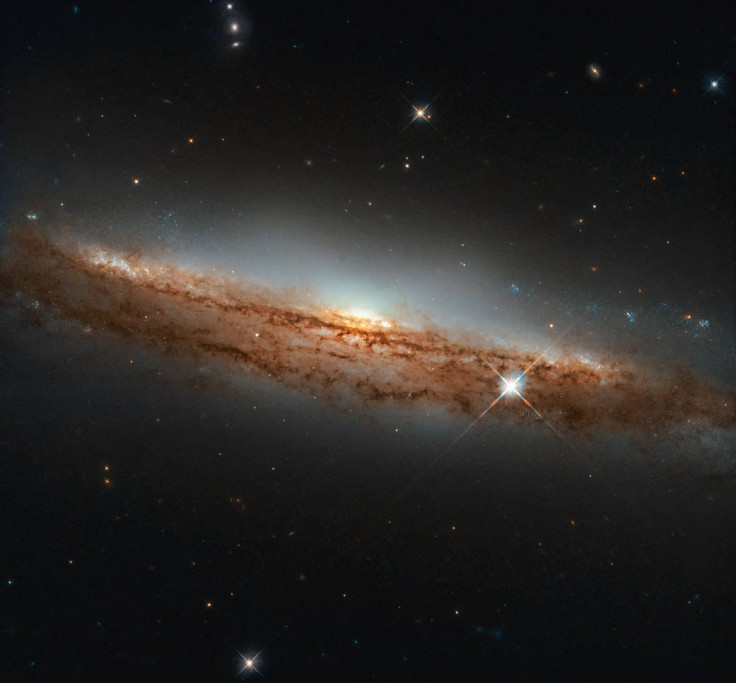NASA Hubble Snaps Stunning Spiral Galaxy 60 Million Light-Years Away [PHOTO]

The Hubble Space Telescope operated by NASA and the European Space Agency (ESA) was able to capture a stunning side view image of a distant spiral galaxy.
The galaxy featured in Hubble’s latest photo has been identified as NGC 3717. According to the ESA, NGC 3717 is located about 60 million light-years away in one of the largest modern constellations known as Hydra, which is also referred to as the Sea Serpent because it resembles a twisting cosmic snake.
Like Earth’s home Milky Way, NGC 3717 is classified as a spiral galaxy, which features arms that radiate from its center. In the latest photo taken by Hubble, the space telescope focused on the profile of NGC 3717. Since the galaxy was photographed from its side, it appears flat.
“Seeing a spiral almost in profile, as Hubble has here, can provide a vivid sense of its three-dimensional shape,” the ESA explained in a statement. “Through most of their expanse, spiral galaxies are shaped like a thin pancake.”
“At their cores, though, they have bright, spherical, star-filled bulges that extend above and below this disk, giving these galaxies a shape somewhat like that of a flying saucer when they are seen edge-on,” the agency added.
Since the edge of the galaxy wasn’t perfectly captured in Hubble’s photo, the bright center of NGC 3717 is still visible.
“NGC 3717 is not captured perfectly edge-on in this image; the nearer part of the galaxy is tilted ever so slightly down, and the far side tilted up. This angle affords a view across the disk and the central bulge (of which only one side is visible),” ESA stated.
The profile of NGC 3717 is the latest image captured by the ESA and NASA’s Hubble Space Telescope. Earlier this month, it was able to photograph a rare image of two galaxies currently in the process of merging after a collision.
The massive cosmic object, dubbed as the Medusa Merger, shows a large galaxy as it devours a smaller one. It was named after the Greek mythological monster due to the red snake-like streams of stars and dust rising from the upper portion of the merging galaxies.
© Copyright IBTimes 2024. All rights reserved.





















